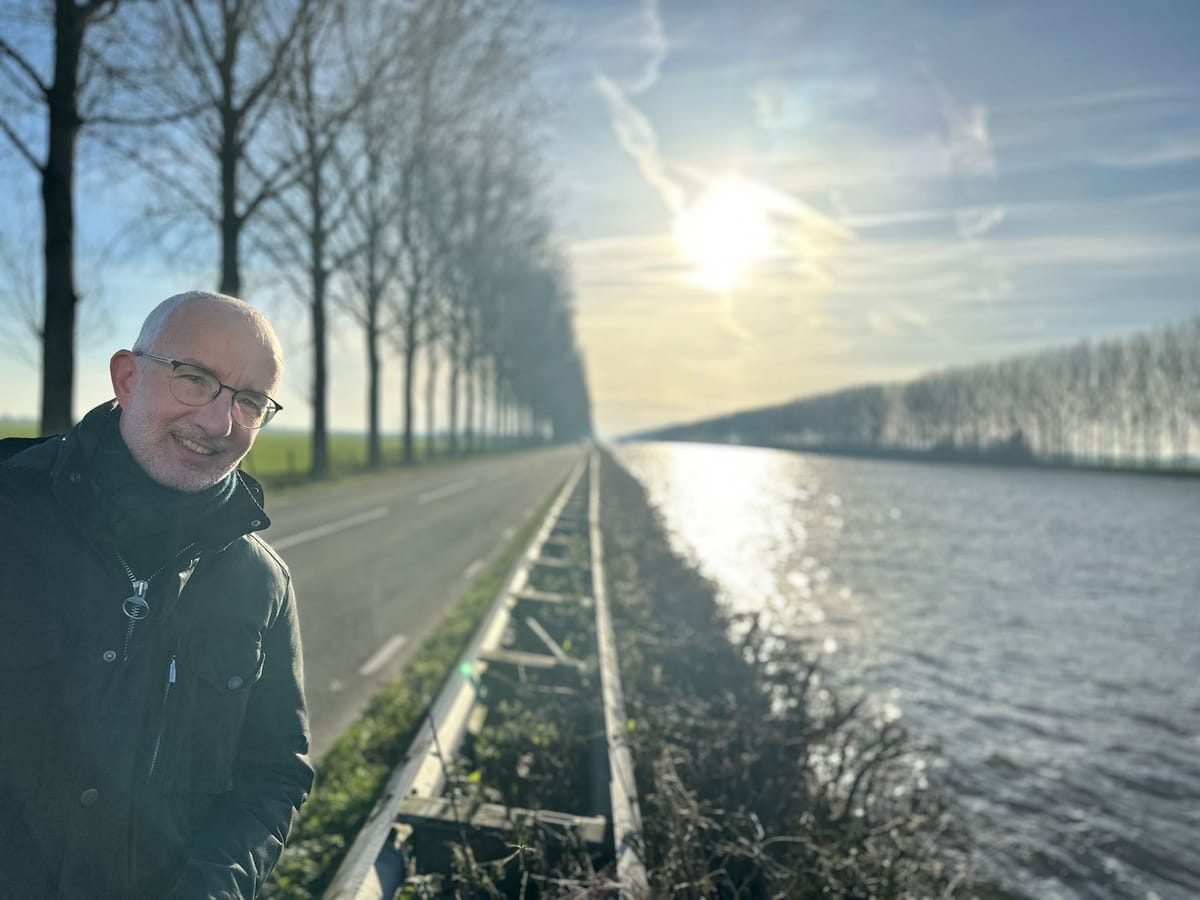Facebook Protect
A viral photo surge led to Facebook Protect. Meta's added security made me realise how vulnerable our digital identities are—and how much more I could do with them.

The notification arrived: "Your account requires extra security through Facebook Protect." This all started when a photograph of mine went viral for the second time, leading to a surge in followers on Instagram. At first, it seemed like a simple formality, but it sparked deeper thoughts about how intertwined our digital identities and security have become—especially within the Meta ecosystem.
For those managing public or influential accounts, platforms like Facebook and Instagram are more than social networks; they are digital extensions of our lives. Safeguarding them is essential, and this is where Facebook Protect comes into play.
What is Facebook Protect?
Facebook Protect is a security program for accounts that Meta sees as high-risk, like those of journalists, public figures, or users with large followings. Its primary goal is to shield these accounts from hacking attempts by requiring two-factor authentication (2FA). This extra layer ensures that even if someone gets your password, they cannot access your account without a second verification step.
In my case, I already had 2FA enabled, so onboarding into Facebook Protect was straightforward. It was more about confirming my account met Meta's security standards rather than setting up new protections.

The Simplicity of Compliance
For those already taking security seriously, Facebook Protect feels like a nudge toward good habits. The onboarding process includes:
- Confirming 2FA is enabled.
- Reviewing recovery options.
- Checking for old, insecure third-party apps.
These steps were quick for me, serving as a reminder that small actions, like enabling 2FA, make a big difference in securing our presence online.
Identity, Security, and Meta's Ecosystem
What struck me most was the underlying message: Your digital identity is valuable, and protecting it is a shared responsibility. Meta’s push for security highlights how our lives converge in the digital space. For someone like me, with a growing Instagram following, this shift feels significant (also see: when locked out of this digital space).
My Instagram presence is growing steadily, and even though I log in separately to Facebook and Instagram with different credentials, they are linked in Meta's Account Centre. This means the platforms are interconnected, providing overlapping security features even if I access them independently. Accounts are not just personal—they are platforms for influence and connection.
Facebook Protect extends seamlessly to Instagram, even if there is no equivalent program by name. Due to the connection between my accounts in Meta's Account Centre, protections apply across both platforms, reflecting Meta’s commitment to unified digital security. Instagram uses similar safeguards, like 2FA and suspicious activity alerts. If accounts are linked, protections overlap, reinforcing Meta's vision of a connected digital identity.

A Moment for Reflection
Enabling Facebook Protect made me realise how much we take for granted in our digital lives. Platforms like Facebook and Instagram are so embedded in our routines that we rarely think about the security measures behind them. Practically speaking, it seems that enabling two-factor authentication (2FA) is key for Meta. Personally, I prefer using an authenticator generator on macOS and iOS, which makes the process easy and secure.
Beyond the practicalities, there was also an emotional side to enabling Facebook Protect that surprised me. I must admit, the experience made me feel a bit vain—as if the need for extra security was a kind of recognition of my online presence. It felt like Meta was acknowledging that my account was important enough to protect, which brought with it a small sense of validation.
However, it's important to remember that this sense of recognition is ultimately misplaced. I am, after all, just a tenant on this platform—subject to its rules and changes. At the same time, it made me wonder: How do you really know when your account is breaking through the clutter and gaining significance?
It’s easy to look at follower counts or engagement metrics, but that doesn't always reflect real impact. Being prompted to use Facebook Protect was, in a strange way, a signal that my digital identity had reached a new level—one worth protecting.
This realisation was both affirming and humbling, reminding me of the growing responsibilities tied to an online presence that reaches more people. This analysis also made me realise I could do much more with my photos on Facebook. To leverage this potential, I plan to set up a public page to showcase my work while keeping my personal account private. To be continued ...



